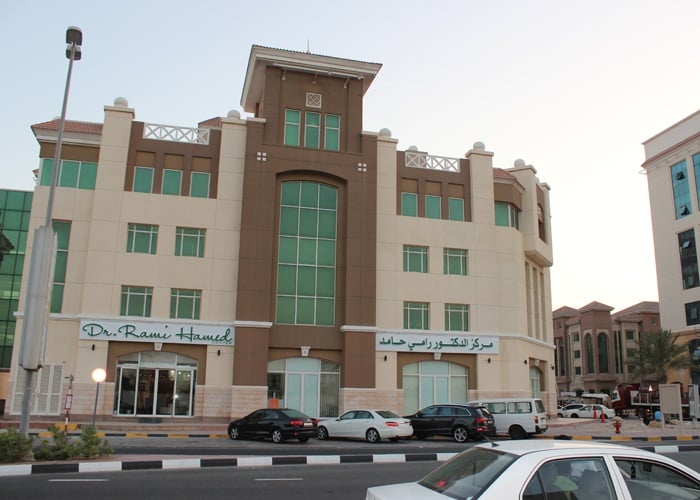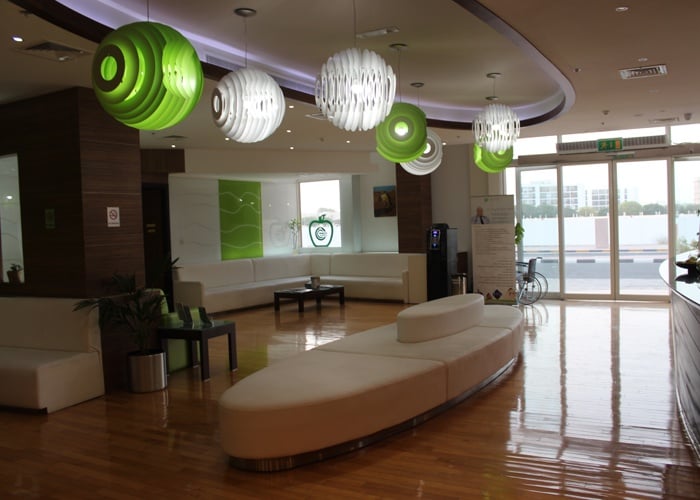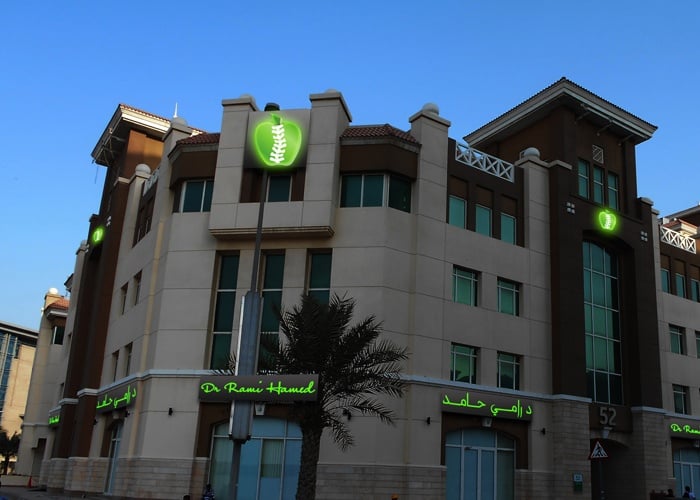Dysfunctional Gall Bladder at DRHC Dubai
Dysfunctional Gall Bladder – A Comprehensive Overview
- The pear-shaped sac located below the liver, called the gallbladder, is used for storing the bile. During the process of food digestion, the sac contracts to release bile for the digestion of fats in the small intestine.
- Many times, when the gall bladder is unable to function in a proper manner, it might lead to the problem of a dysfunctional gall bladder or chronic gall bladder disease.
- Some of the most common gallbladder dysfunction causes are discussed in brief as follows.
Presence Of Gallstones
- Gallstones are one of the most common causes of gallbladder dysfunction. These stones are developed when substances in the bile or substances in the blood form hard particles. These hard particles, in turn, block the passageways to
the gallbladder and the bile duct.
- The factors that lead to the development of gallstones include obesity, diabetes, and the consumption of estrogen-rich
medication, history of liver disease, or family history of gallstones.
- In some cases, the stones might also be caused due to severe infection and trauma to the organ. In such situations, timely and proper gallbladder infection treatment can be the key to preventing the formation of gallstones.
Read Gall Bladder Surgery. How do I do it?
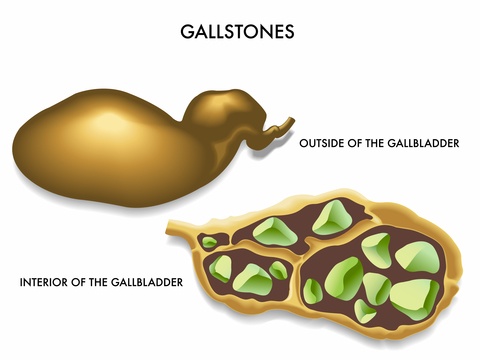
- Cholecystitis is an acute or chronic inflammation of the gallbladder and generally results from the non-treatment of gallstones.
- The most common inflamed gall bladder symptoms include pain in the upper right or middle section of the abdomen, accompanied by fever, nausea, vomiting, and jaundice.
- Several attacks of acute cholecystitis lead to the shrinking of the gall bladder, making it incapable of storing and releasing bile.
Choledocholithiasis
- Choledocholithiasis is a condition resulting from gallstones getting stuck in the bile ducts. This prevents the bile from flowing out of the organ, resulting in its inflammation or even it becoming distended.
- The presence of the following gall bladder dysfunction symptoms might be indicative of the condition of the ailment, in which case the patient should seek immediate medical attention.
- Extreme pain in the middle or upper abdomen
- Fever accompanied by chills, nausea, and vomiting
- Symptoms or presence of jaundice
- Passage or pale or clay-colored stools
Cancer of the Gall Bladder
- Despite being a relatively rare ailment, gallbladder cancer is one of the major causes of the dysfunction of this vital organ.
- There are different types of cancers that can affect the gall bladder, and the treatment of the same is often quite difficult, as the disease is almost impossible to detect in the earliest stages.
- While most people might not experience any gallbladder cancer symptoms at all, others might show symptoms that are similar to acute cholecystitis. Another risk factor is that the disease might spread to the other surrounding organs before it is diagnosed.
Read:
Gall Bladder Polyps
- The lesions or growths that occur within the gallbladder are known as gallbladder polyps. These polyps are generally benign and do not present any gallbladder attack symptoms.
- However, patients diagnosed with polyps that are more than 1 centimeter in size are generally advised to get the organ removed. This is because these polyps are more likely to turn cancerous and lead to severe and even fatal health problems.
- A major problem, however, is the timely detection of polyps among patients.
.png?width=281&height=59&name=bookanappointment%20(1).png)
Call +97142798200 to consult with the best laparoscopic surgeon in Dubai. Our General Surgeon in Dubai has years of experience in Gallstone surgery as well as gallstone removal.



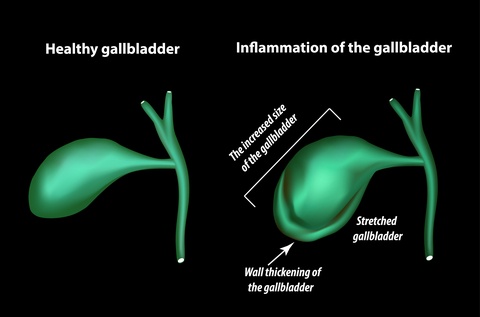

.png?width=281&height=59&name=bookanappointment%20(1).png)
.webp?width=1080&height=1080&name=Doctor%20background%20For%20Website%20Dr.%20Fadi%20Nageeb%2009%20(1).webp)
.webp?width=1080&height=1080&name=Doctor%20background%20For%20Website%20Dr%20Abdul%20Majeed%20Khalid%20%2002%20(1).webp)
